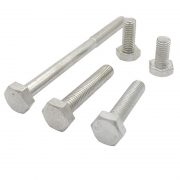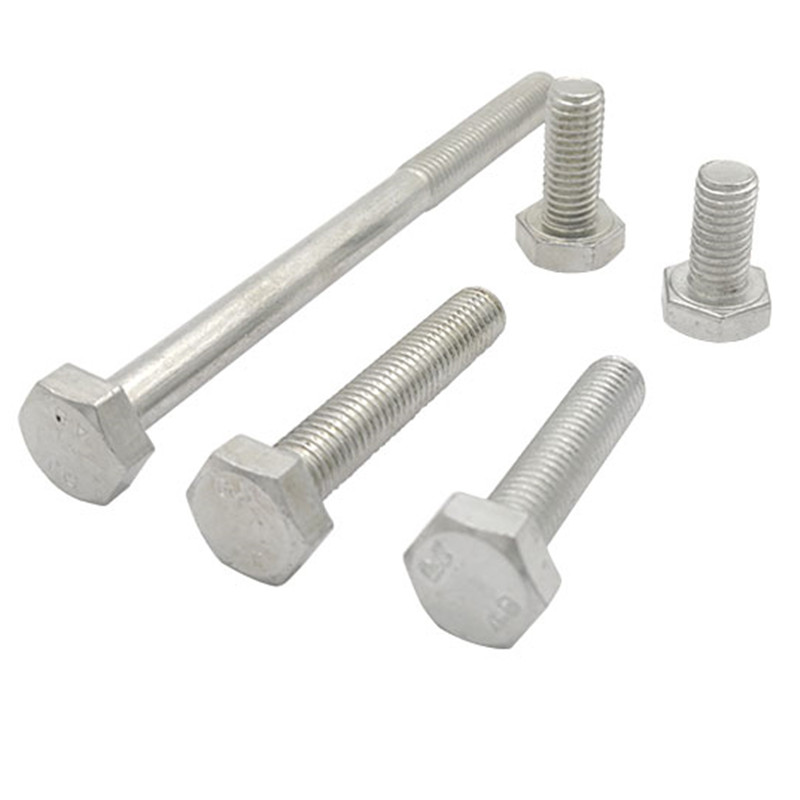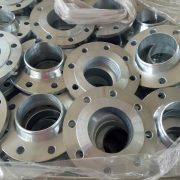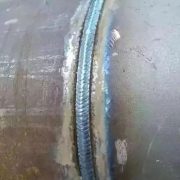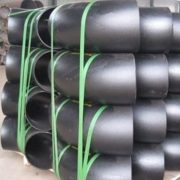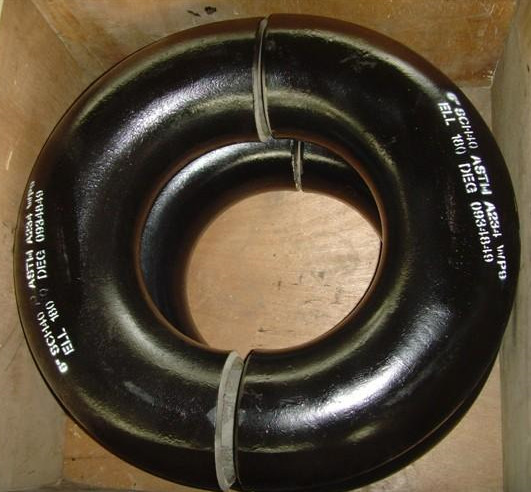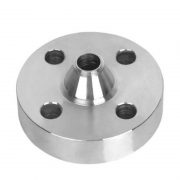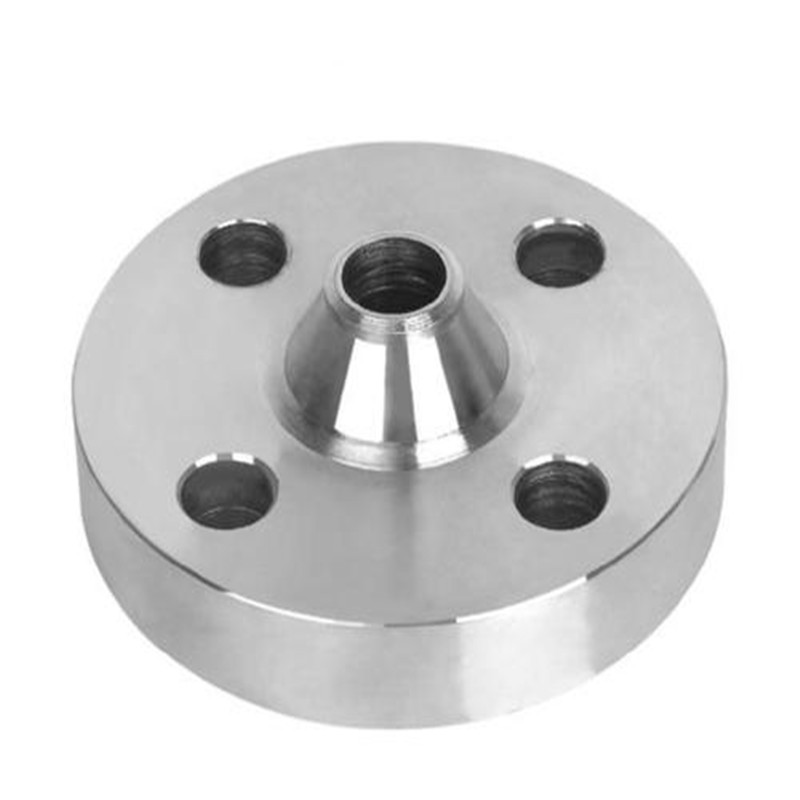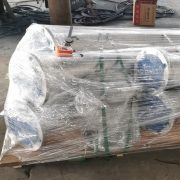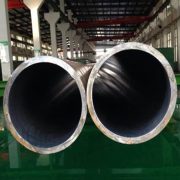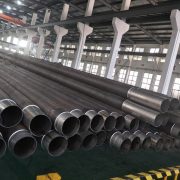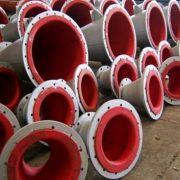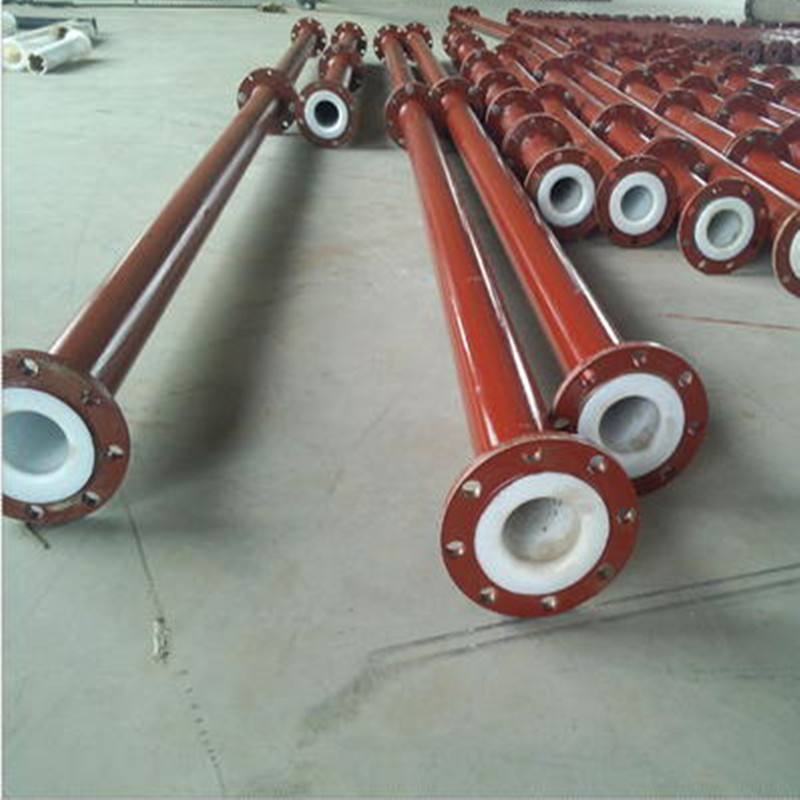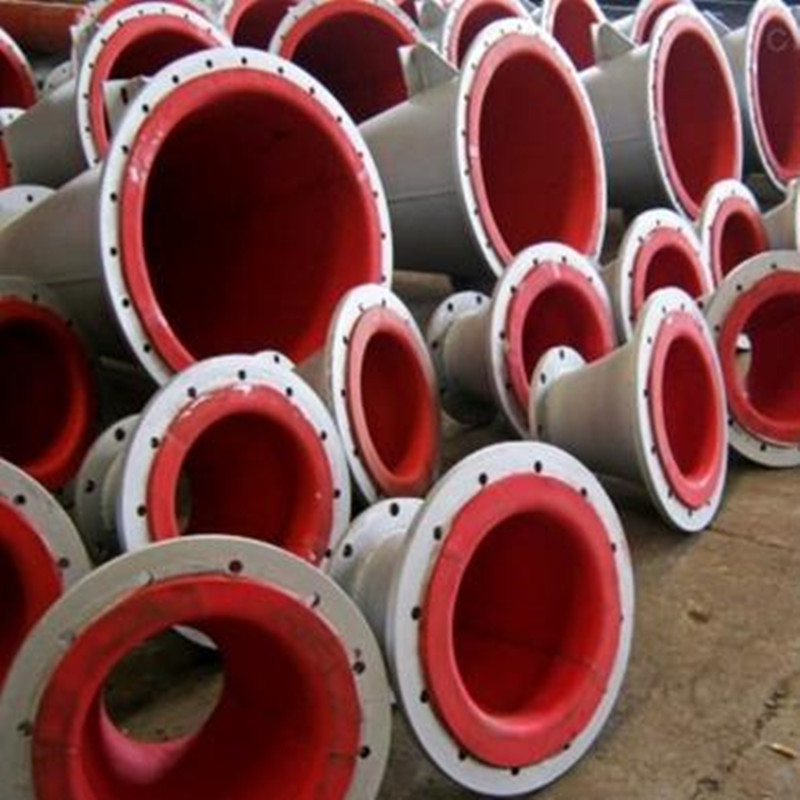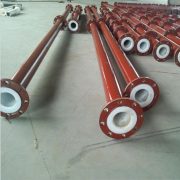How should the bolts be maintained?
Bolt fasteners have become a very important part of the mechanical field, which means that we usually need to pay attention to the maintenance and maintenance of bolts, so that they can play the greatest role in the mechanical field. If they are not standardized in use, they will reduce Its service life. For the maintenance of bolts, we should do the following
1. When heating the standard parts, it should be noted that they should be stacked reasonably. If there is a deviation, the standard parts will be slightly oxidized in the quenching oil, and there will be a phenomenon of discoloration when the tempering is delayed. , If you use ether to soak it again, oily impurities are very likely to appear.
2. Standard parts are generally cleaned with silicon-hydrochloric acid cleaning agents after quenching. They must be cleaned first and then rinsed. Be careful when rinsing them, and thoroughly check the rinsing tank to avoid leaving other substances. In the above, and the water used for rinsing must be changed frequently, otherwise the products produced may have quality problems.
3. When the standard parts are about to be heat-treated, they must be cleaned thoroughly, especially the alkaline substances remaining on the surface of the standard parts. If the impurities cannot be completely removed, the standard will be removed at high temperature. The part is burned, and when it is tempered again, it will make the standard part a waste.
4. If the quenching oil cannot be replaced in time when it is in use, it will cause pollution residues and black stripes on its appearance, which will cause its appearance to be very unsightly.
Decho is a professional supplier on bolts and nuts products . If you need any , pls contact us by email [email protected]

